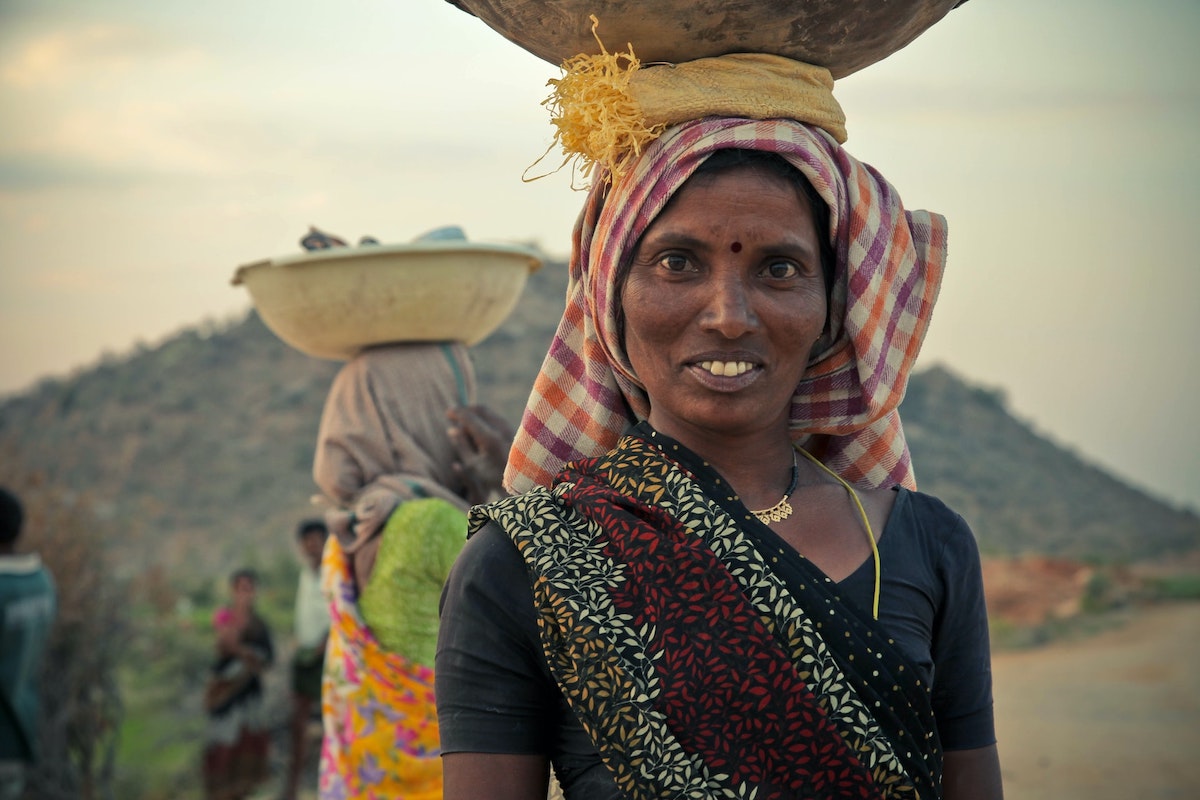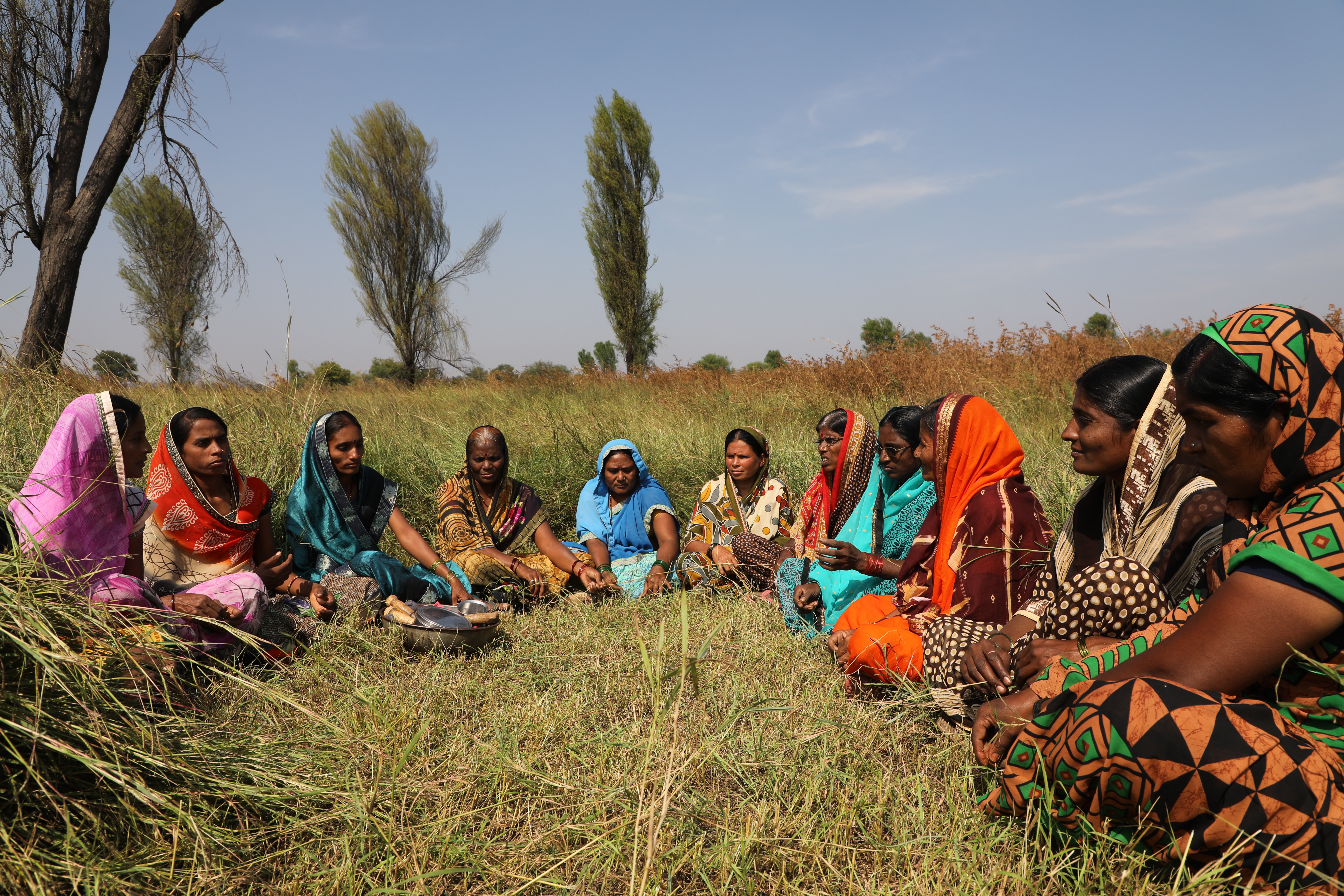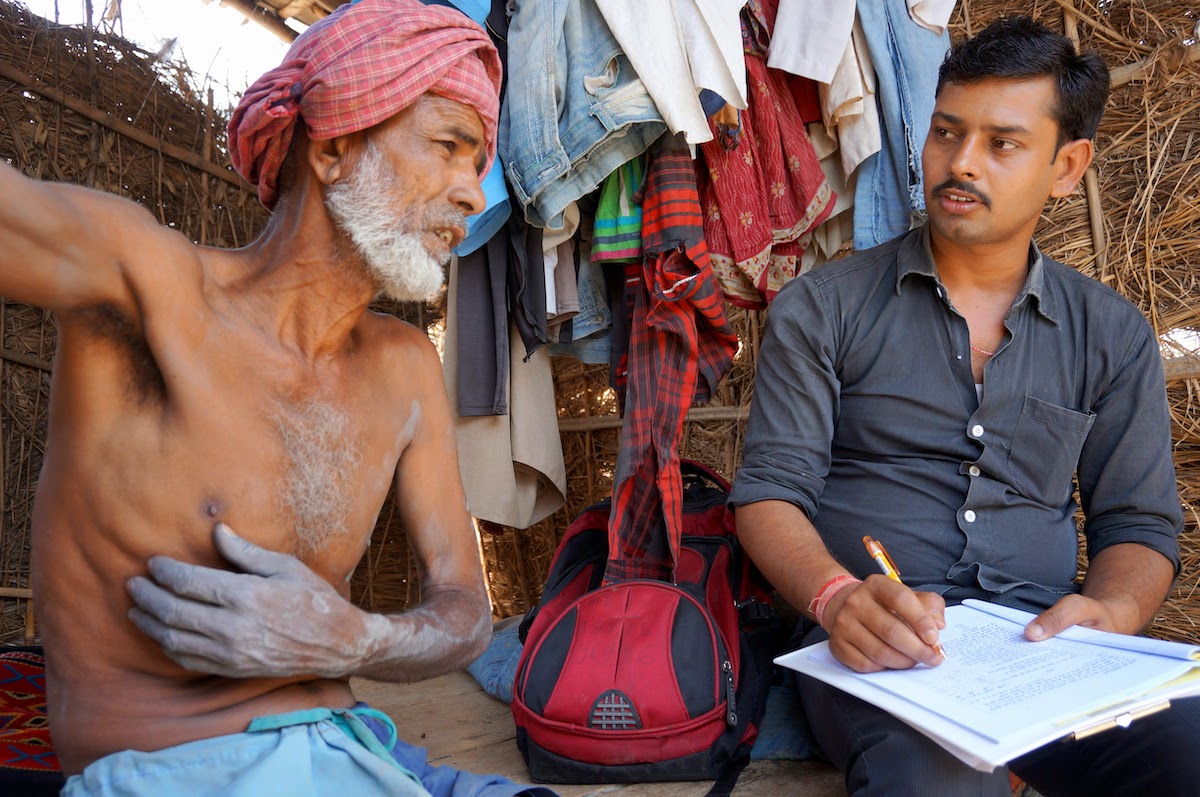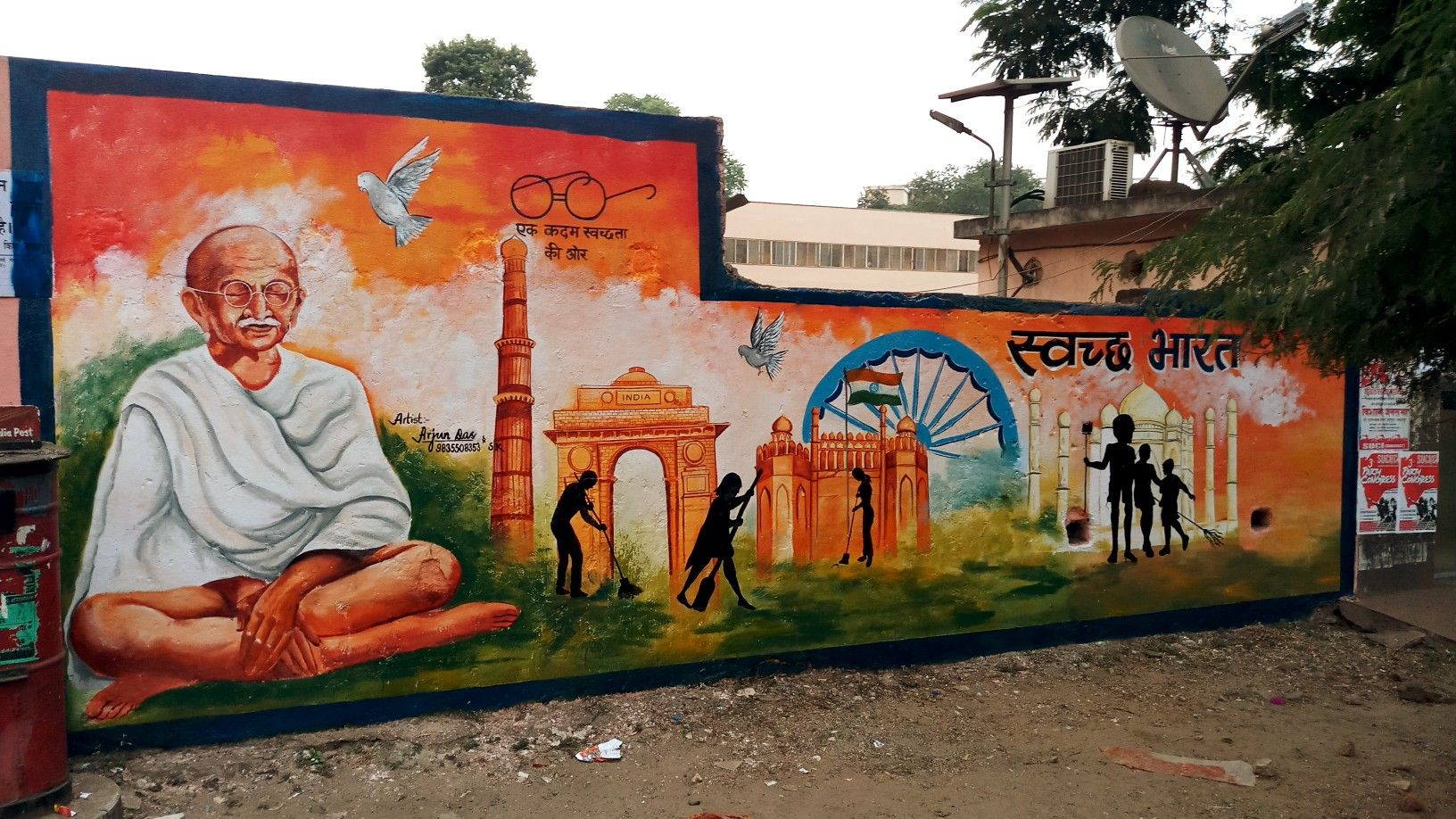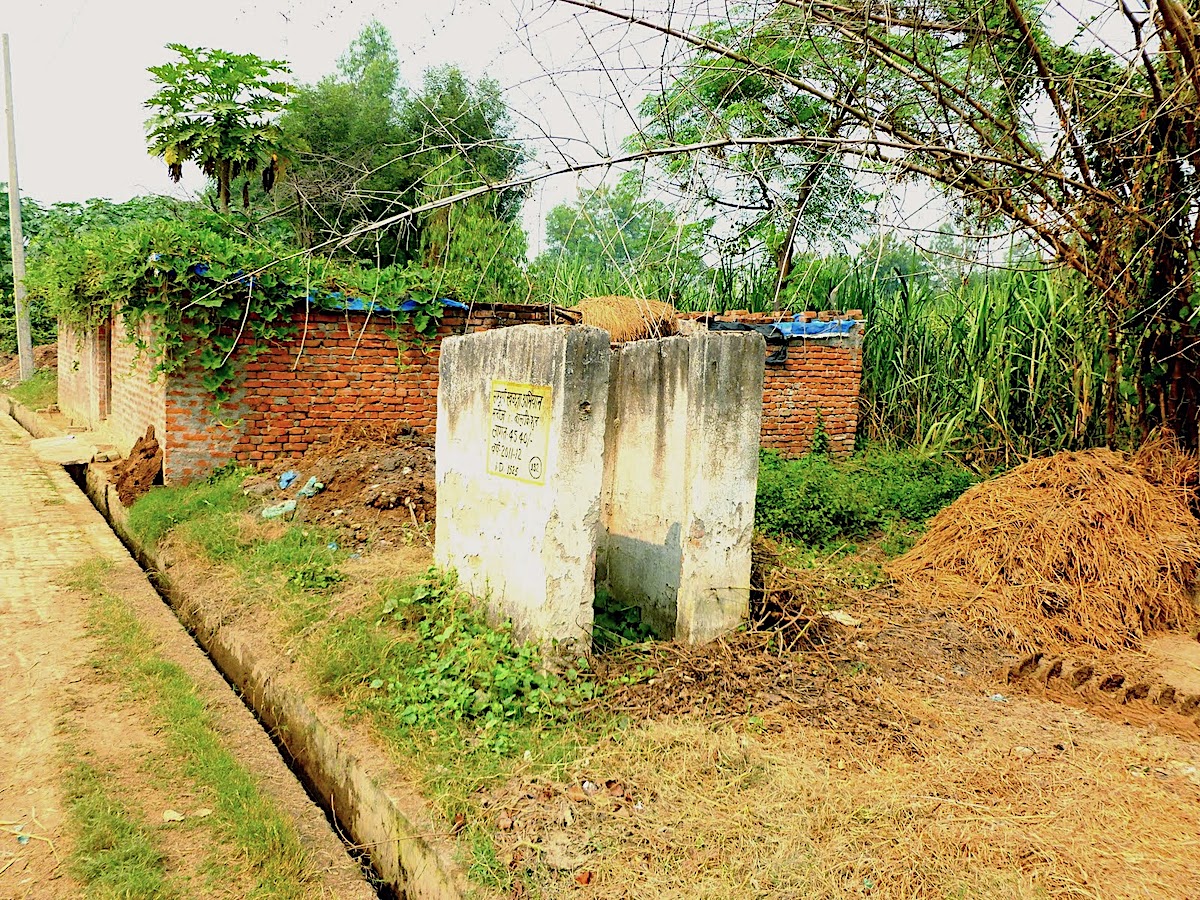This study estimates and decomposes life expectancy differentials along lines of caste, religion, and indigenous identity in India, home to some of the largest populations of marginalized social groups in the world. This paper is published in the Proceedings of the National Academy of Sciences (PNAS).
Thanks for your message!
I'll be in touch soon.
Latest Posts
Measurement of population mental health: evidence from a mobile phone survey in India
This study tests two questionnaires in measuring mental health in a mobile phone survey in population-representative samples in the Indian states of Bihar, Jharkhand, and Maharashtra. Both questionnaires measured worse mental health in places with lower human development, but only the adapted SRQ The adapted SRQ identified women as having worse mental health than men in all three states. This study is published in Health Policy and Planning.
When women eat last: Discrimination at home and women’s mental health
Using original data from a population representative mobile phone survey in Bihar, Jharkhand, and Maharashtra in 2018, this study finds that gender discrimination in the form of women eating only after the men in the household have eaten, is associated with worse mental health, even after accounting for differences in socioeconomic status. This study is published in PLOS One.
Persisting Prejudice: Measuring Attitudes and Outcomes by Caste and Gender in India
Results from a mobile phone survey in India (Social Attitudes Research, India (SARI)) show the persistence of conservative gender and caste attitudes in Indian society that vary surprisingly little by respondent gender, caste, and religion. This study is published in CASTE: A Global Journal on Social Exclusion.
Assessing high-profile public messaging for sanitation behaviour change: evidence from a mobile phone survey in India
Using data from a mobile phone survey to ask about people’s knowledge of the existence and purpose of the 2014 Swacch Bharat Mission (SBM), India’s high-profile program to tackle open defecation, we find that, at the time of the survey (between 2016 and 2018), no more than one-third of adults in any state are aware that the SBM intends to promote toilet and latrine use. This study is published in Waterlines.
Revisiting open defecation: Evidence from a panel survey in rural north India, 2014–18
Using data from a 2018 survey on sanitation behavior rural north India, which revisited households originally surveyed in 2014, this study finds that although rural latrine ownership increased considerably over this period, open defecation remains very common. This study is published in Economic & Political Weekly.

